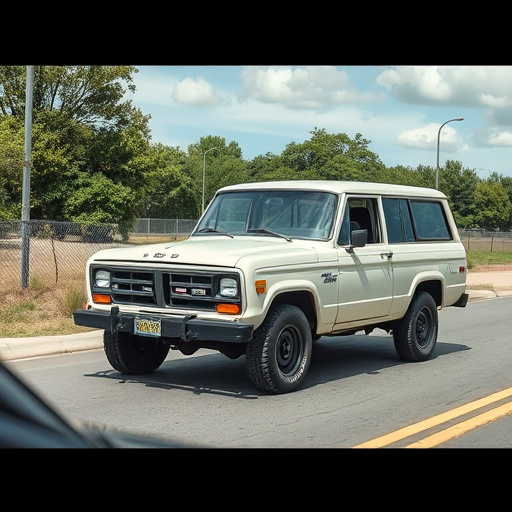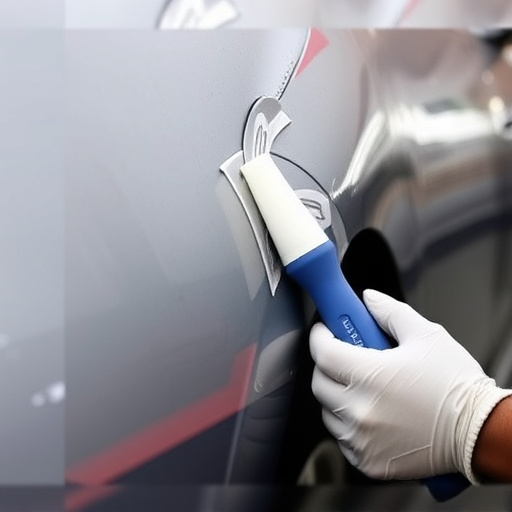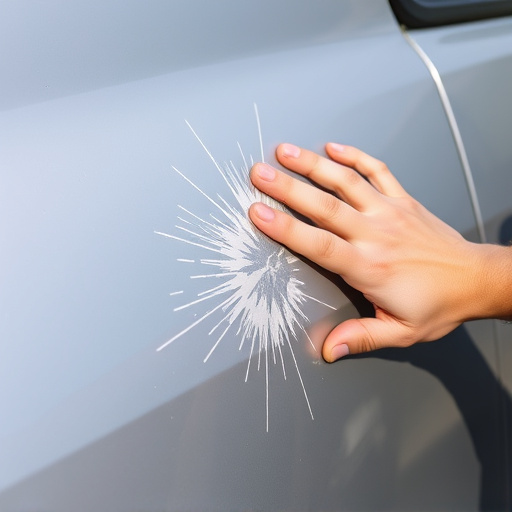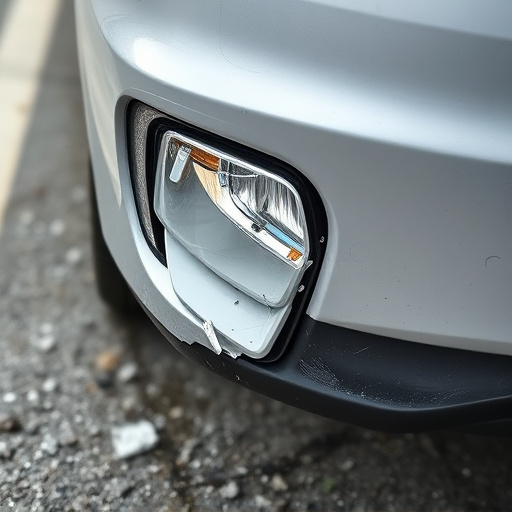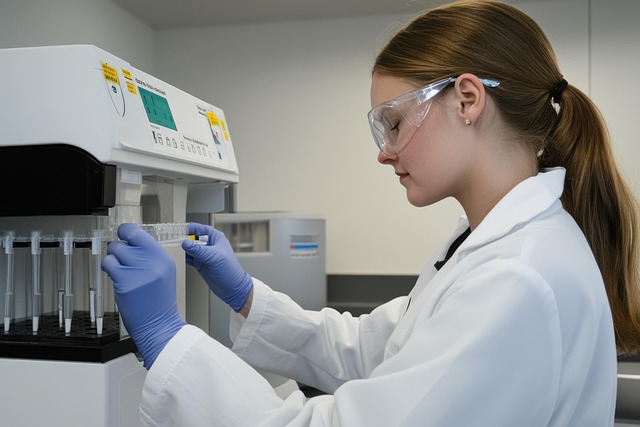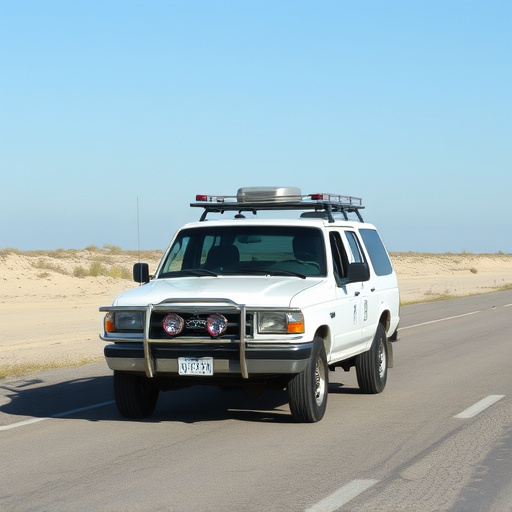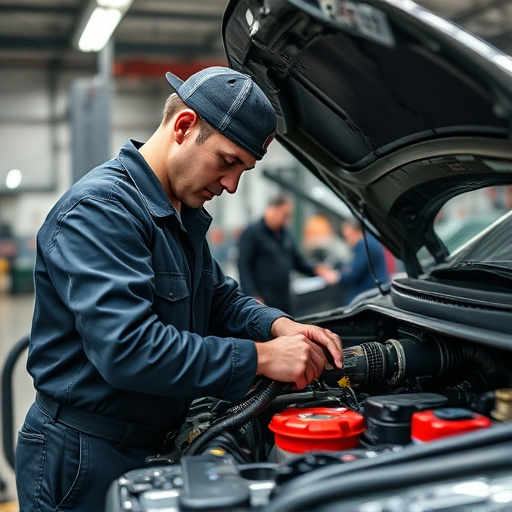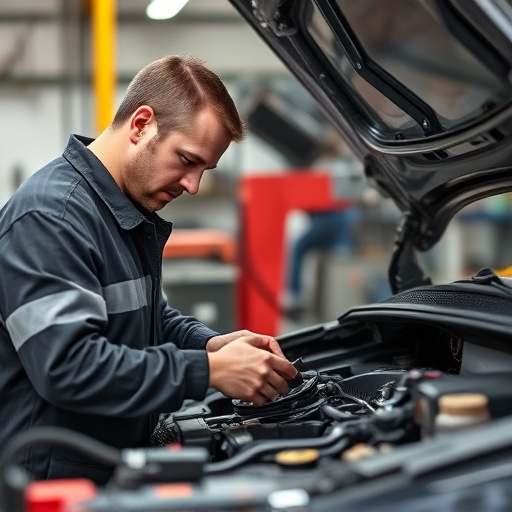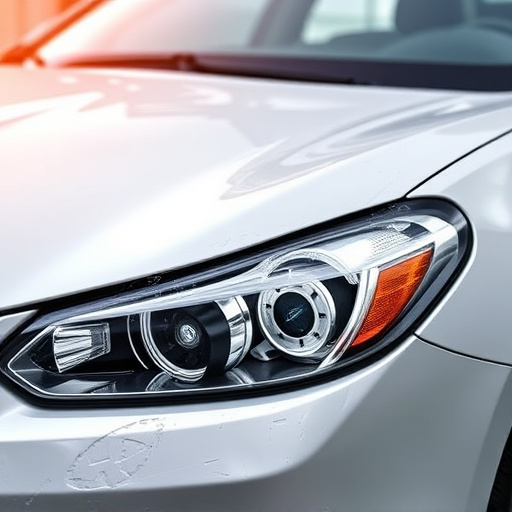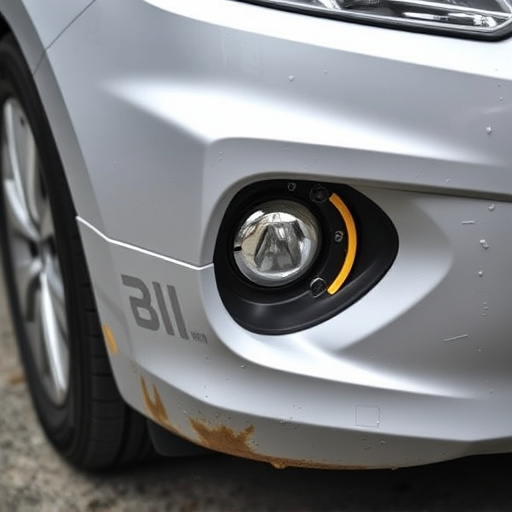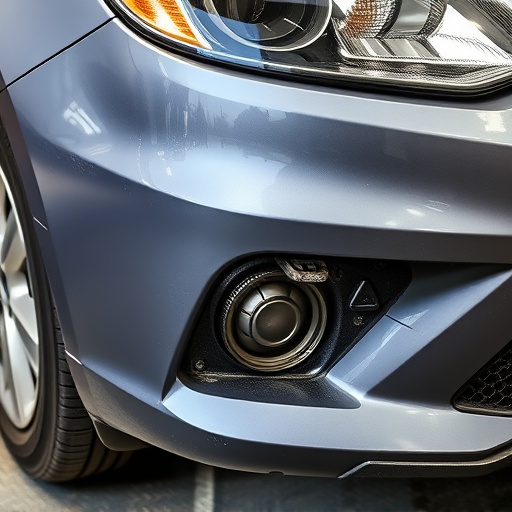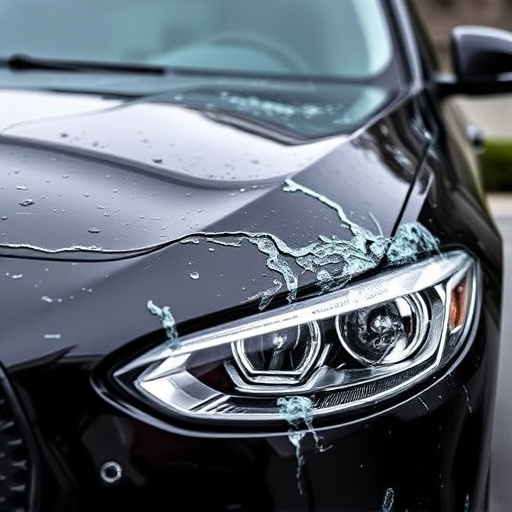Tesla's remote diagnostics after repair revolutionize post-service processes, enabling thorough assessments from home for vehicle performance and Full Self-Driving (FSD) capabilities. These checks validate sensors, cameras, and actuators through advanced scans, ensuring FSD features operate safely on the road. Strategic integration aligns with future autonomous driving goals by maintaining software standards and refining system robustness through data accumulation after each repair.
Tesla’s implementation of remote diagnostics post-repair is a pivotal step towards realizing its Full Self-Driving (FSD) vision. By leveraging advanced technologies, Tesla can now perform intricate checks and updates remotely, ensuring vehicle systems are accurate and up-to-date. This capability not only streamlines the repair process but also prepares owners for an autonomous driving future, where real-time updates and seamless integration will be key. Let’s explore how this feature unlocks new possibilities for both drivers and the electric car manufacturer alike.
- Unlocking Capabilities: Tesla's Remote Diagnostic Power
- Post-Repair Checks: Ensuring Full Self-Driving Accuracy
- Seamless Updates: Preparing for Autonomous Future
Unlocking Capabilities: Tesla's Remote Diagnostic Power

Tesla’s remote diagnostics technology unlocks a new level of capability for both vehicle owners and service centers. After a repair, especially complex ones like scratch repairs or auto collision center fixes, Tesla’s remote diagnostic tools enable comprehensive assessments from the comfort of your home. This means that not only can the car’s performance be monitored post-repair, but also its readiness for advanced driver-assistance systems (ADAS) and Full Self-Driving capabilities.
By leveraging Tesla remote diagnostics after repair services, auto collision centers can ensure their work meets the highest standards required for these cutting-edge features to function optimally. This integration of technology streamlines the process, allowing drivers to get back on the road with confidence, knowing their vehicle is not only in top condition but also prepared to embrace the future of autonomous driving.
Post-Repair Checks: Ensuring Full Self-Driving Accuracy
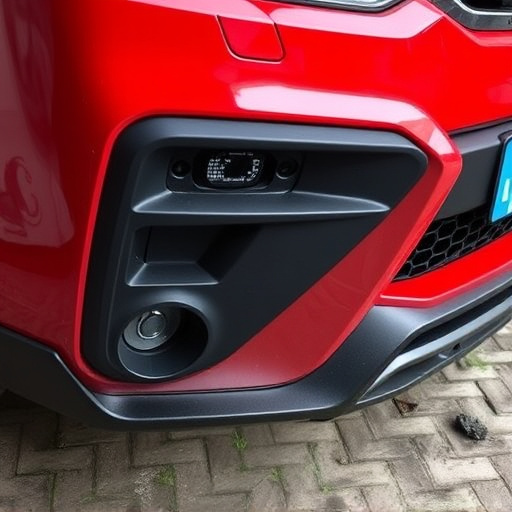
Post-repair checks are an integral part of ensuring Tesla vehicles’ Full Self-Driving (FSD) capabilities remain accurate and reliable. After any repair, whether it’s from a regular auto maintenance routine or a more extensive collision repair center service, Tesla remote diagnostics play a pivotal role in validating the vehicle’s systems. These checks go beyond a simple test drive to include in-depth scans that capture data across various sensors, cameras, and actuators crucial for FSD functions like Autopilot and navigation.
By leveraging Tesla remote diagnostics after repair, auto repair shops can identify any discrepancies or updates required before allowing the vehicle back on the road. This meticulous process helps maintain the precision of FSD features, ensuring they operate seamlessly and safely. It’s a proactive approach that not only supports the car’s overall readiness for autonomous driving but also instills confidence in drivers relying on these advanced systems.
Seamless Updates: Preparing for Autonomous Future
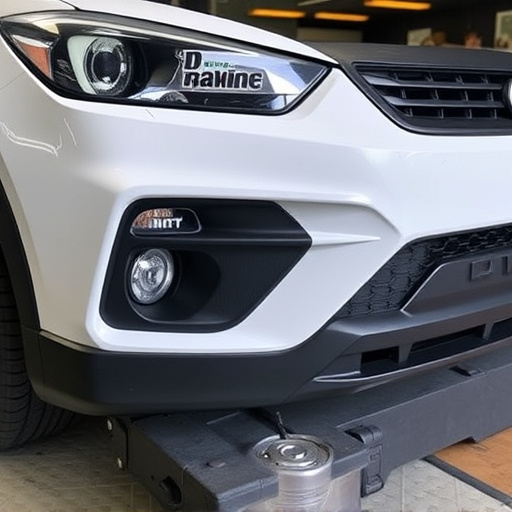
As Tesla continues to refine its Full Self-Driving (FSD) capabilities, seamless updates play a crucial role in preparing for an autonomous future. One key aspect is the integration of Tesla remote diagnostics after repair. By leveraging advanced diagnostic tools, such as those available through Tesla’s remote access features, technicians can ensure that every vehicle repair is not just functional but also aligns with the latest software standards. This means that when a vehicle undergoes a paintless dent repair or auto glass replacement, for instance, the technician can remotely verify that all systems are operating optimally and up-to-date—a significant step towards achieving true self-driving capability.
This proactive approach to vehicle diagnostics enables Tesla to address potential issues before they become noticeable to drivers, enhancing safety and performance. With each repair, the accumulated data helps refine the system, making it more robust and capable of handling complex driving scenarios, from navigating busy city streets to interpreting intricate road signs. Ultimately, this commitment to continuous improvement ensures that when a vehicle is ready for FSD features, it can do so with unwavering reliability and precision.
Tesla’s implementation of remote diagnostics as a post-repair check is a significant step towards achieving full self-driving capabilities. By enabling accurate and seamless updates, this technology ensures that vehicles are ready for an autonomous future. With each diagnosis, Tesla takes another drive towards a safer, more efficient driving experience.

